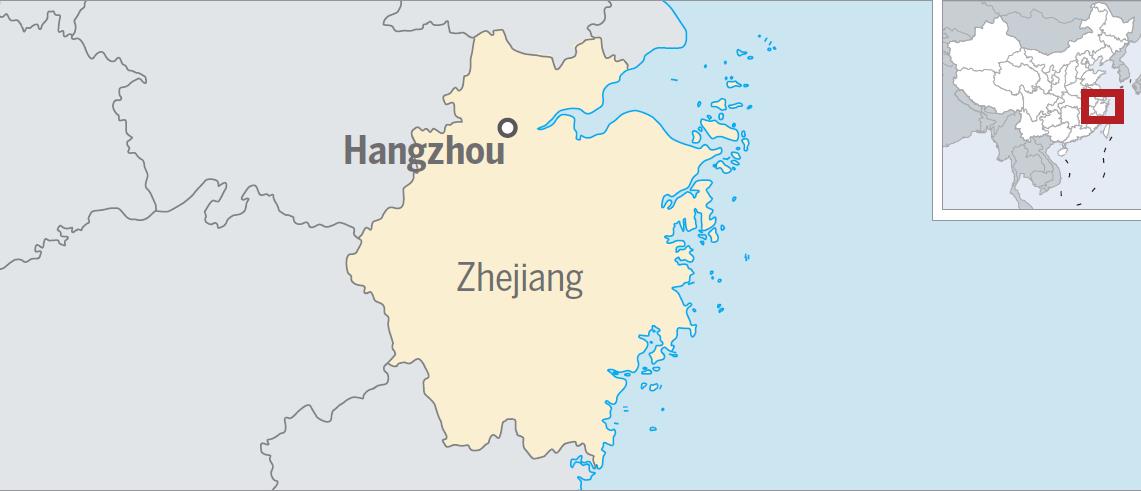

People living in the city were from different places in China. Some might have come from the central regions and others from the south, according to recent DNA tests on bone fragments found in nearby rivers.
Liangzhu in Chinese means a beautiful isle where lakes and rivers run through the land. Rows of paddy fields were cultivated outside the city. Traces of rice were found in a large store, capable of holding up to 200,000 kg of the crop. It was discovered inside the city.
"It was a very brilliant civilization created by prehistoric people migrating from other places," Wang says.
Yao Huimin's home was in a village about two kilometers away from Liangzhu city. The 36-year-old grew up in the area and witnessed firsthand the unfolding archaeological process of the Neolithic city, which dates back 5,000 years.
A series of tombs were found in her village last year. One — the tomb of a female noble — was discovered next to her house. Yao and other villagers moved out from their houses after the excavation project began.
"I'm breathing the same air and enjoying the same land shared by our ancestors. Life here continues and never stops," says Yao, who works at the Liangzhu site management committee, a government body that is in charge of the management and protection of the Liangzhu site.